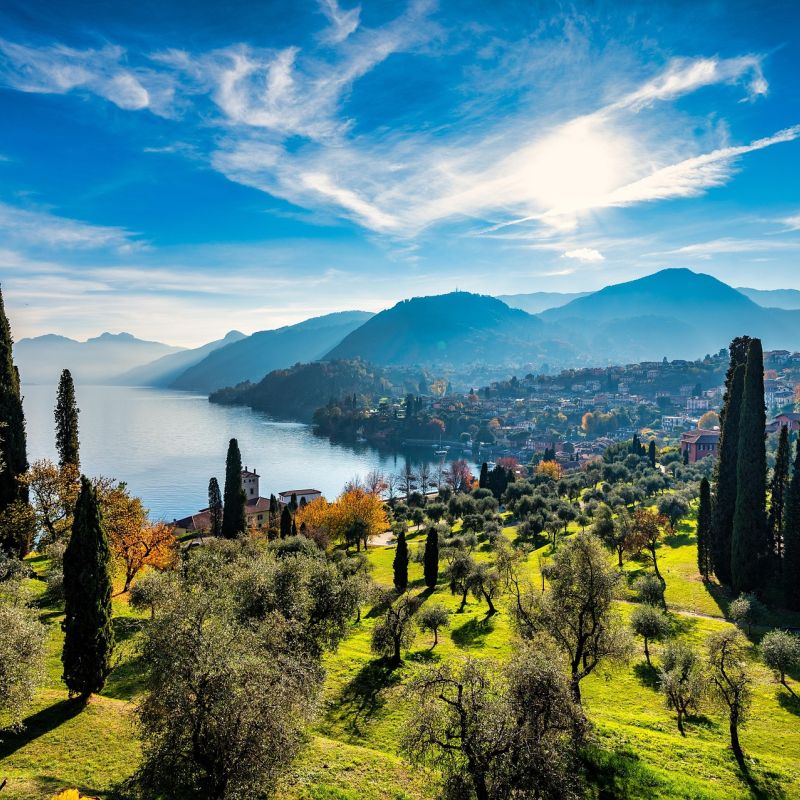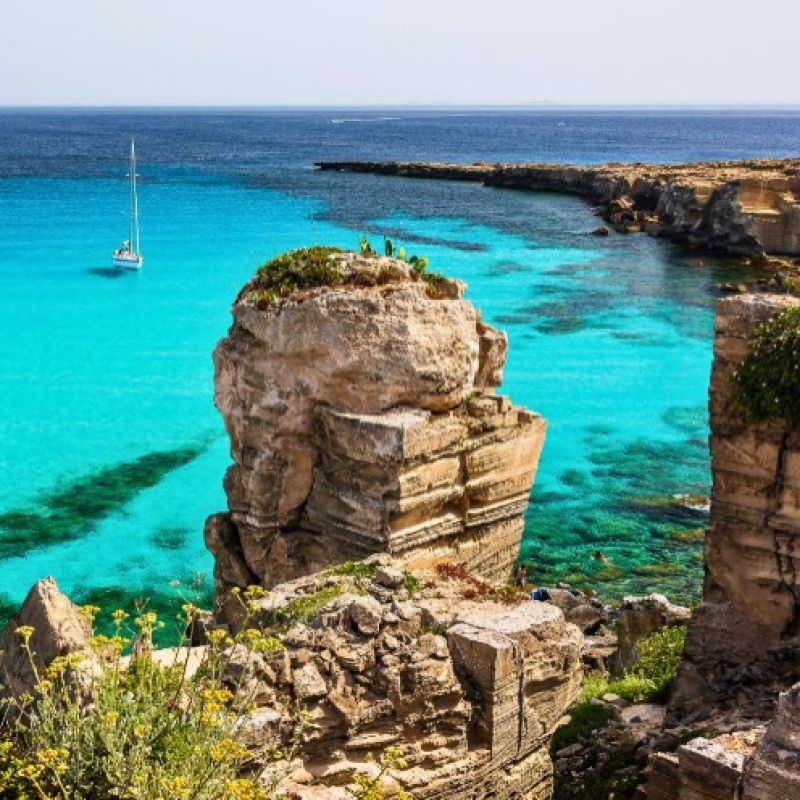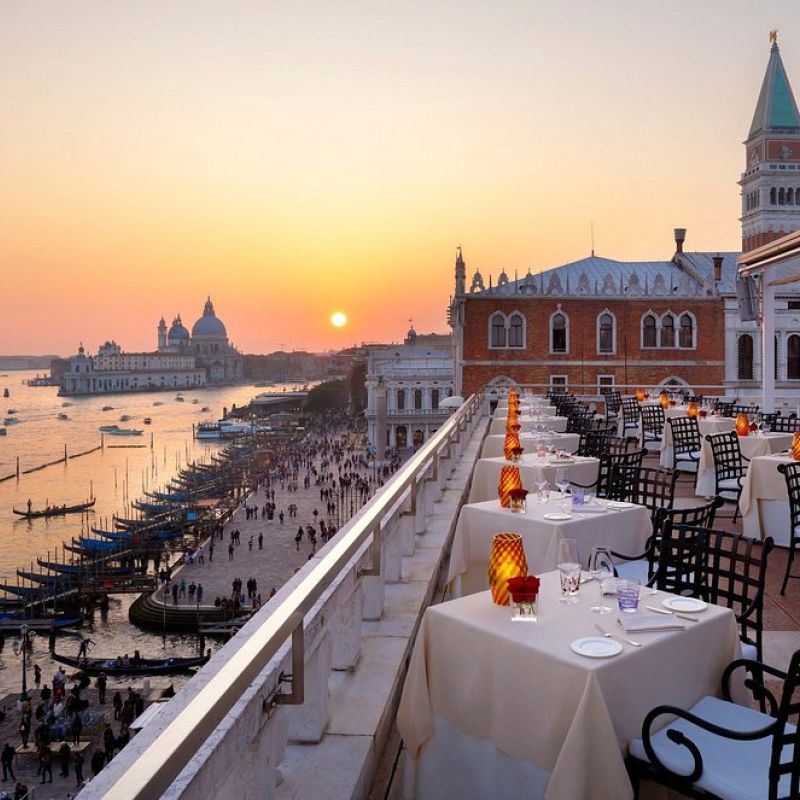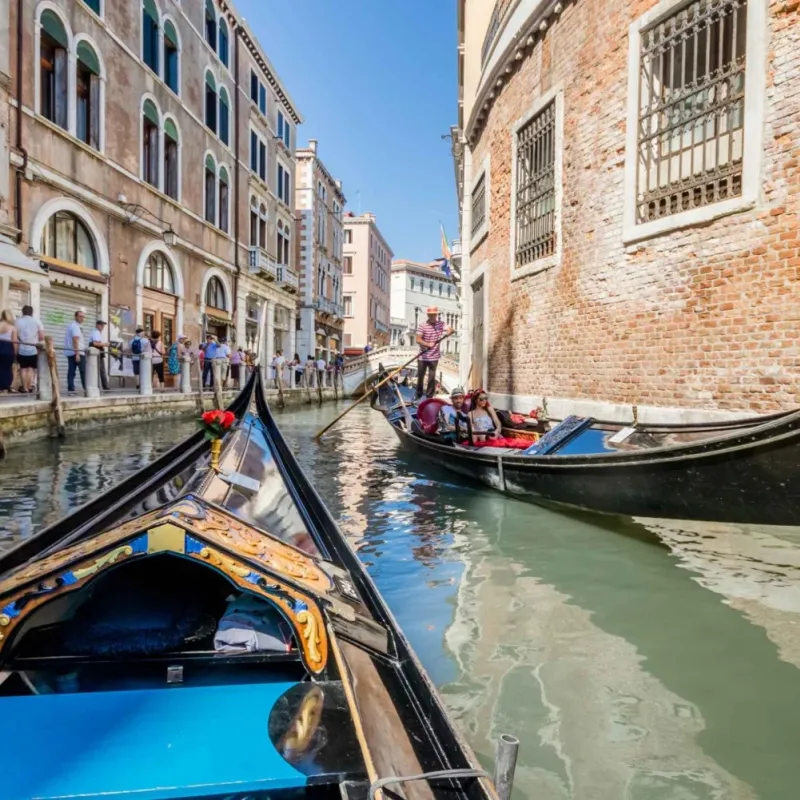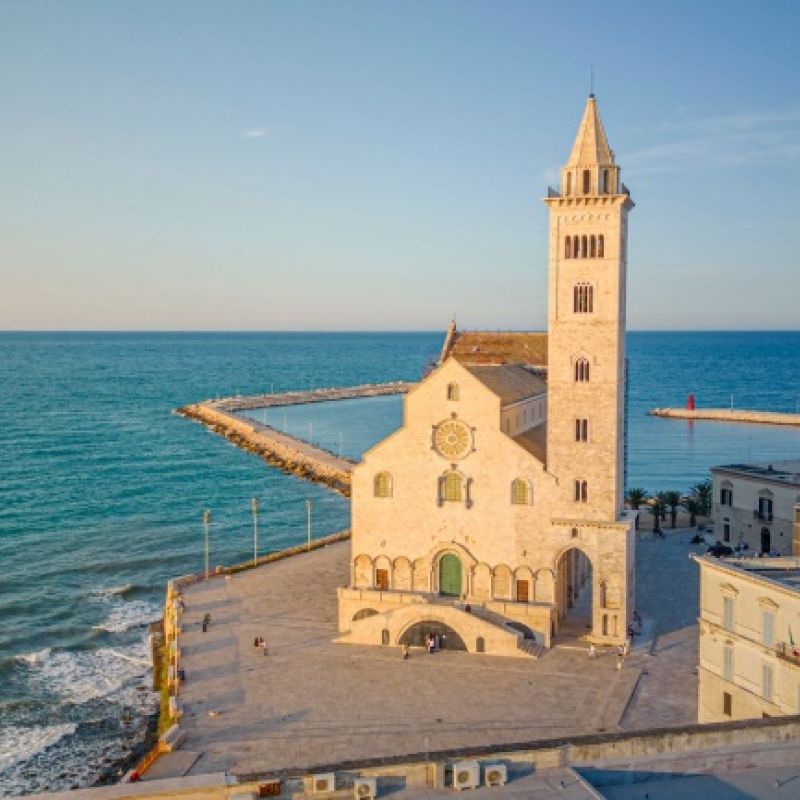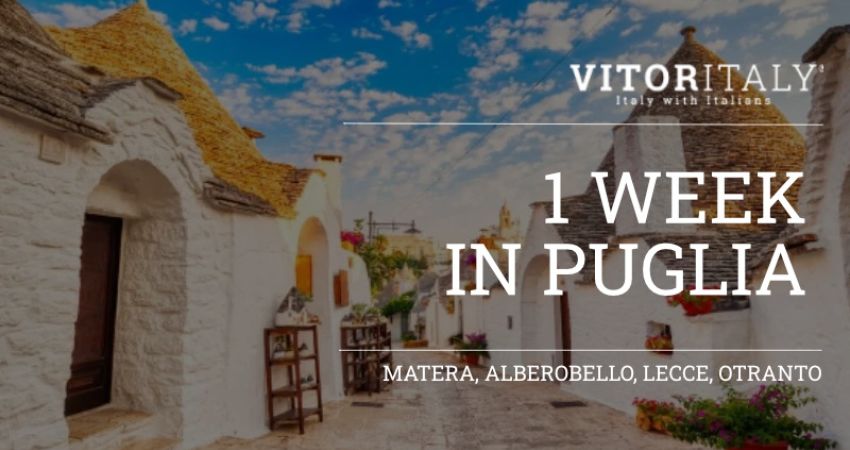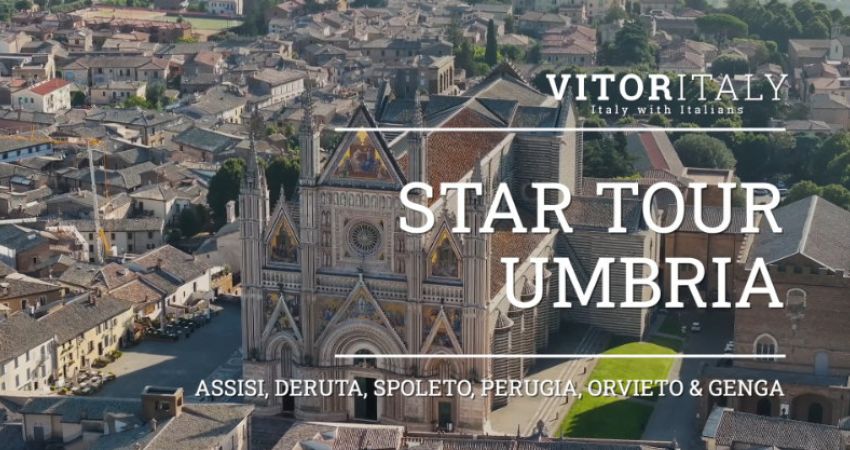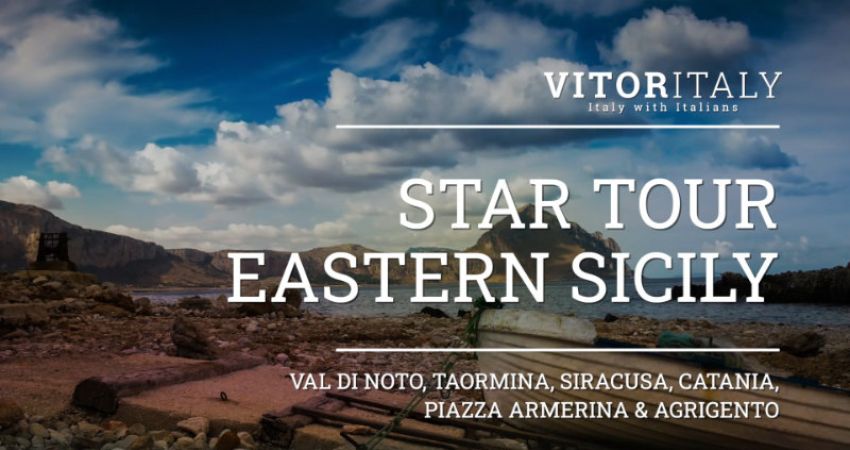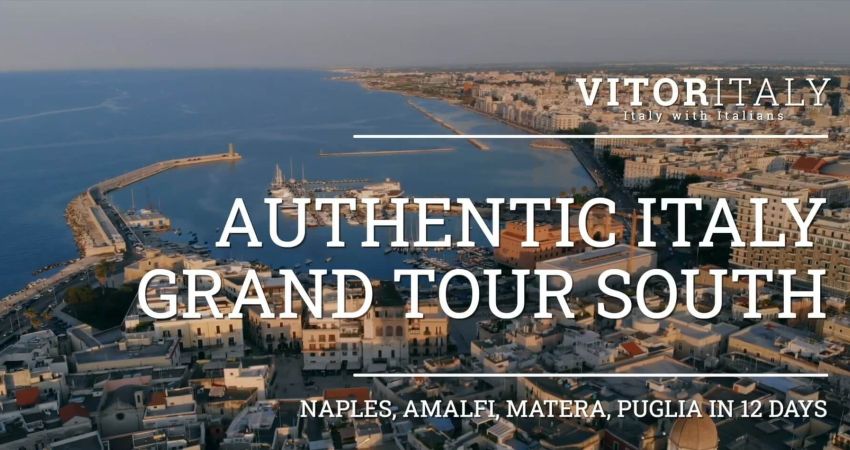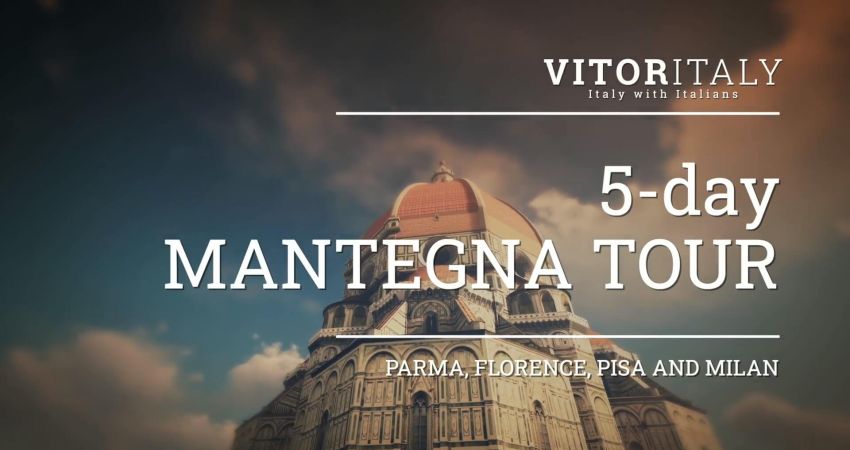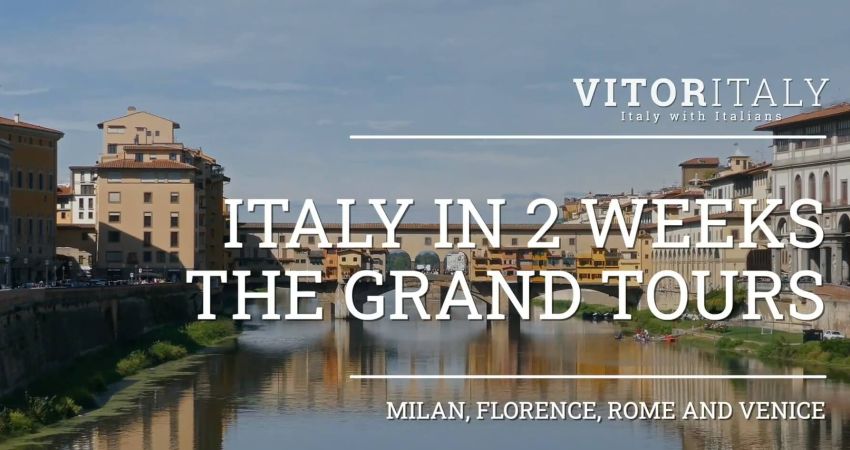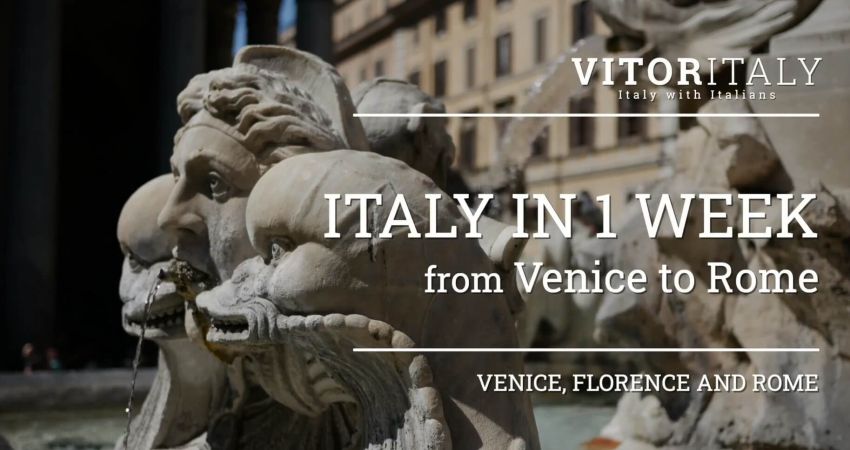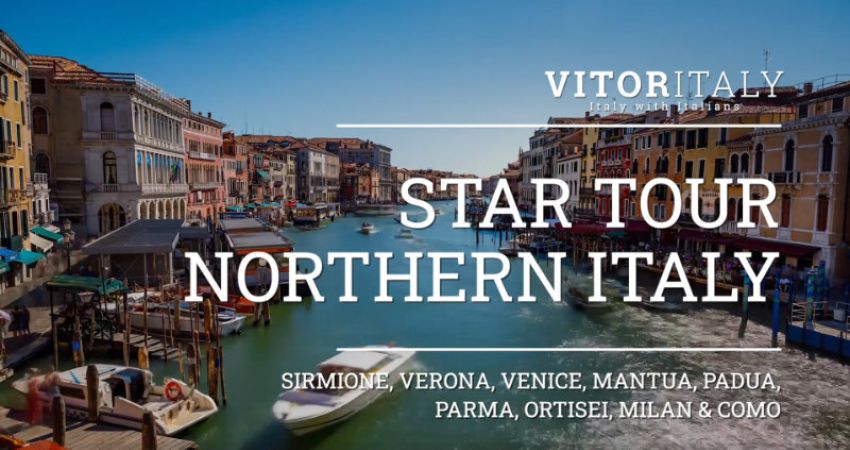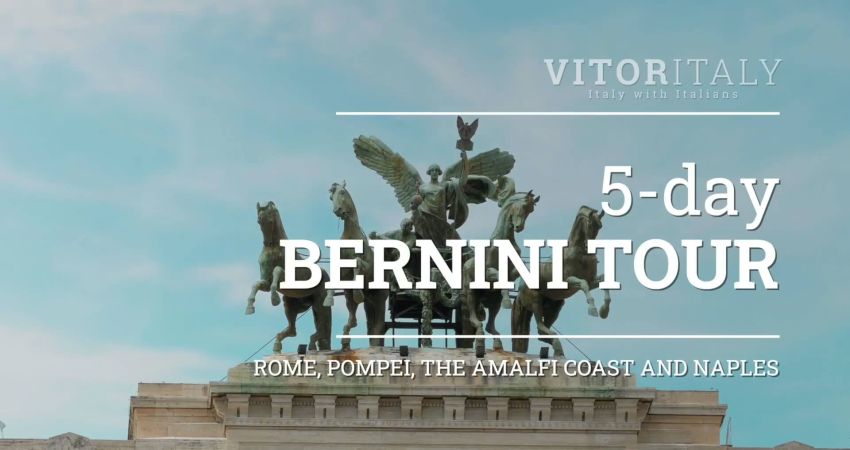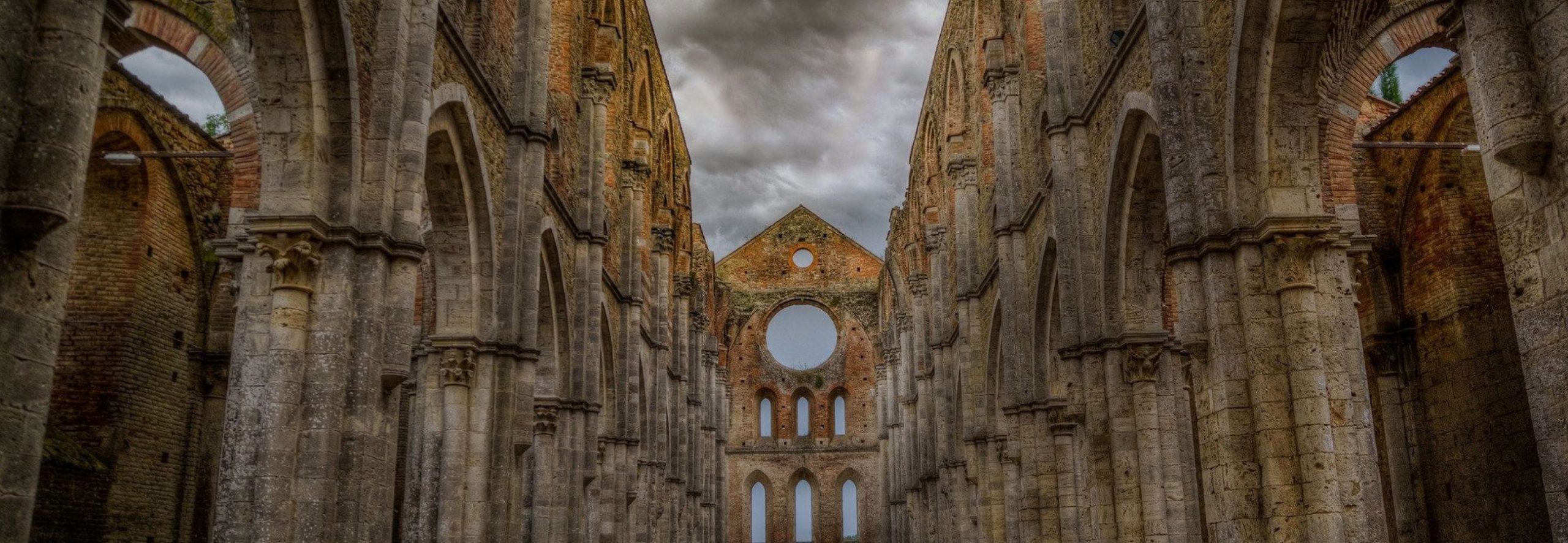
Benvenuti a casa nostra!
Bespoke tours from 1 to 15 travellers
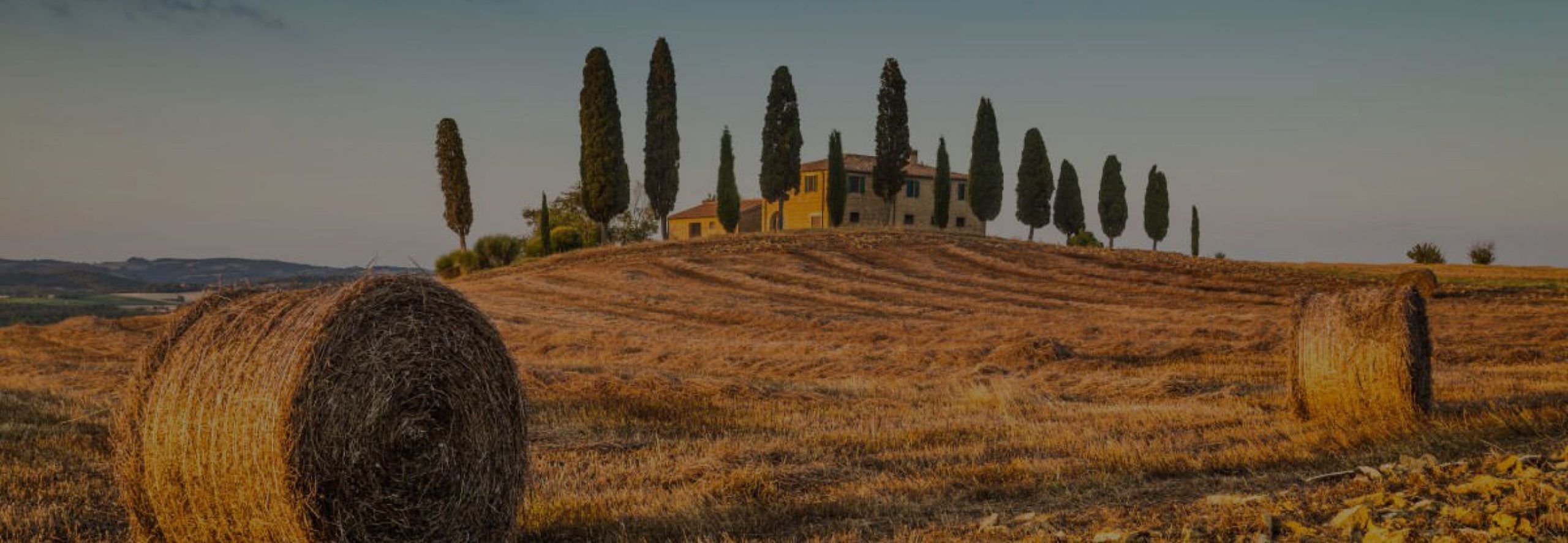
Benvenuti a casa nostra!
Bespoke tours from 1 to 15 travellers
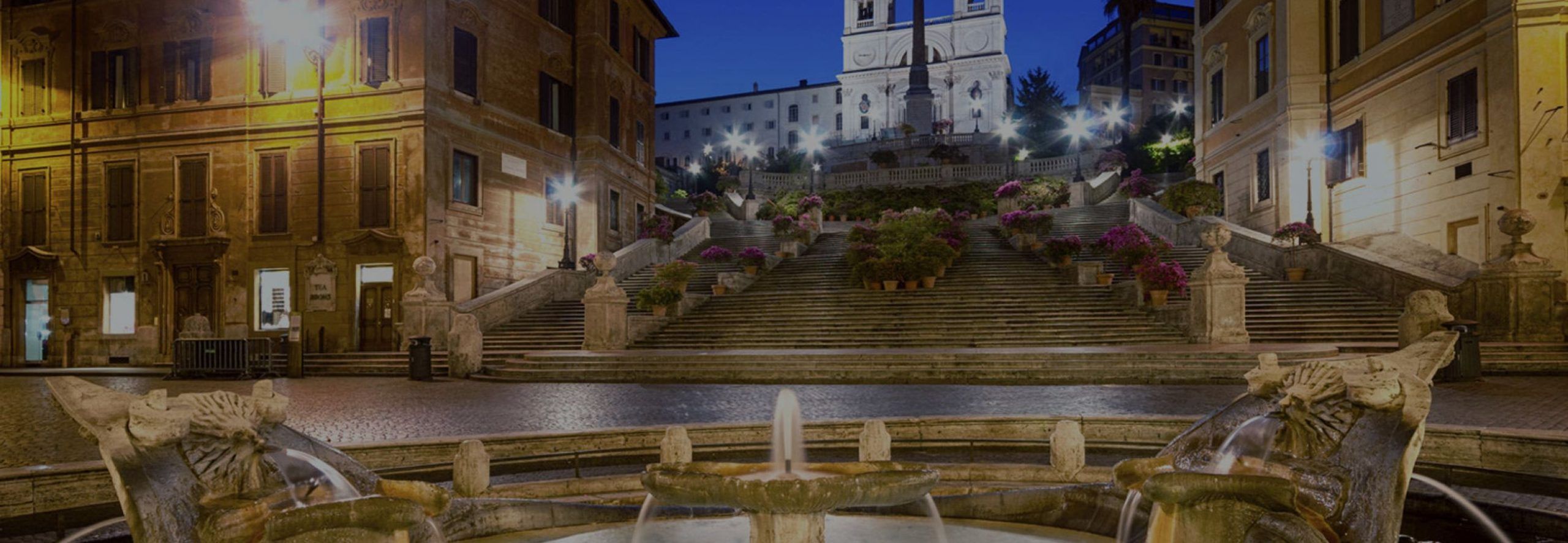
Benvenuti a casa nostra!
Bespoke tours from 1 to 15 travellers
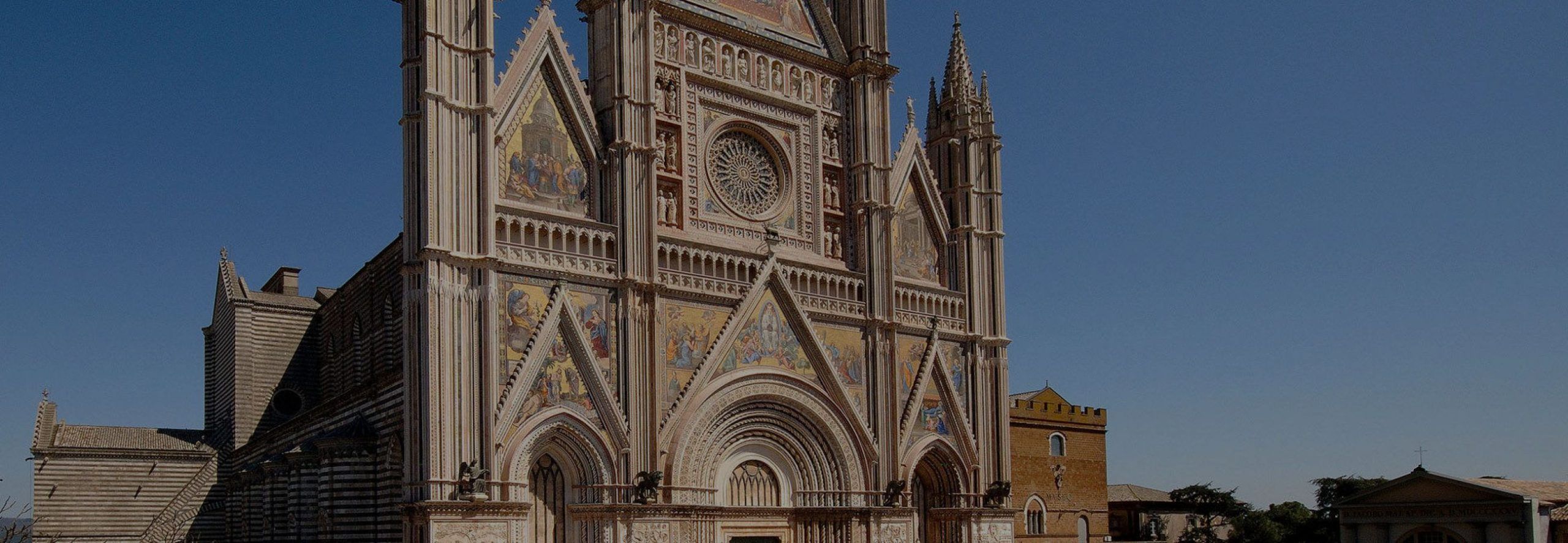
Benvenuti a casa nostra!
Bespoke tours from 1 to 15 travellers

Benvenuti a casa nostra!
Bespoke tours from 1 to 15 travellers

Benvenuti a casa nostra!
Bespoke tours from 1 to 15 travellers

Benvenuti a casa nostra!
Bespoke tours from 1 to 15 travellers

Benvenuti a casa nostra!
Bespoke tours from 1 to 15 travellers

Benvenuti a casa nostra!
Bespoke tours from 1 to 15 travellers

Benvenuti a casa nostra!
Bespoke tours from 1 to 15 travellers
“Join us here and discover how we are going to make an Italian out of you!”
Marcello Cordovani – Founder

Our Tours
Inquire now and get a quote in 24h (working days)
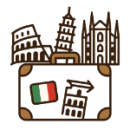
The VITOR way: you live Italy as Italians, in full comfort and safety
We can let your dream come true, in the fastest time ever, because we are Italians based in Italy.
Our mission is to let you experience the true heart and soul of Italy, providing you with a unique, highly customised Italian experience. We will be your travelling companions, for a tour you will never forget.

We design tours better than others because we live here
Italy is a marvelous land because it is so diverse in all its manifestations across the country: different areas mean different cultures, different food, different dialects, different landscapes.
You will travel as a local, enjoying Italian art and culture in renowned squares as well as in the smallest hidden villages, eat as a local, tasting extraordinary Italian food in typical restaurants where the ordinary tourists do not go, shop as a local, discovering world-famous Italian style products in artisanal bottegas.

Understand Italy in deep with our experiences
Italians are welcoming and friendly, and they put their heart and soul in everything they do. So visit Italy with us “on the road”, along its many routes, among its people, looking for the very traditions and culture that make Italy a special place in the world. We want you to “understand” Italy, and every day we put our best efforts in providing you with the best Italian experiences.
Recommended by Vitor
Discovering Italy thanks to its ancient small stores is a unique and unmissable experience!
The beauty of Italy is not only in its landscapes, in its squares or in its art, the beauty of the Belpaese can also be found in the small things, in the objects of craftsmanship that recall the knowledge of the ancients or in the foods of excellence produced according to techniques handed down from father to son.
But where are these Made in Italy treasures produced? Historic stores scattered throughout the cities and towns of Italy have always contributed to guarding the secrets of the gastronomy and craftsmanship of their territories. We will take you to the discovery of these small caskets, rich in beauty and tradition, for a total immersion in the everyday life of our country.
Define your
ideal Trip
You tell us your wishes and preferences and we create the perfect trip in Italy just for you.

Your free tailor-made itinerary
We create a free, tailor-made itinerary with private guides, transfers, and activities, which you can modify as you wish.

Constant
Support
After your arrival, we constantly monitor your tour and keep in touch with you. In case of emergency, we assist you 24 hours/day.

The Vitor
Way
Booking
Time
After you confirm, we book your hotels and send you a confirmation of your bookings.

We are
almost there

